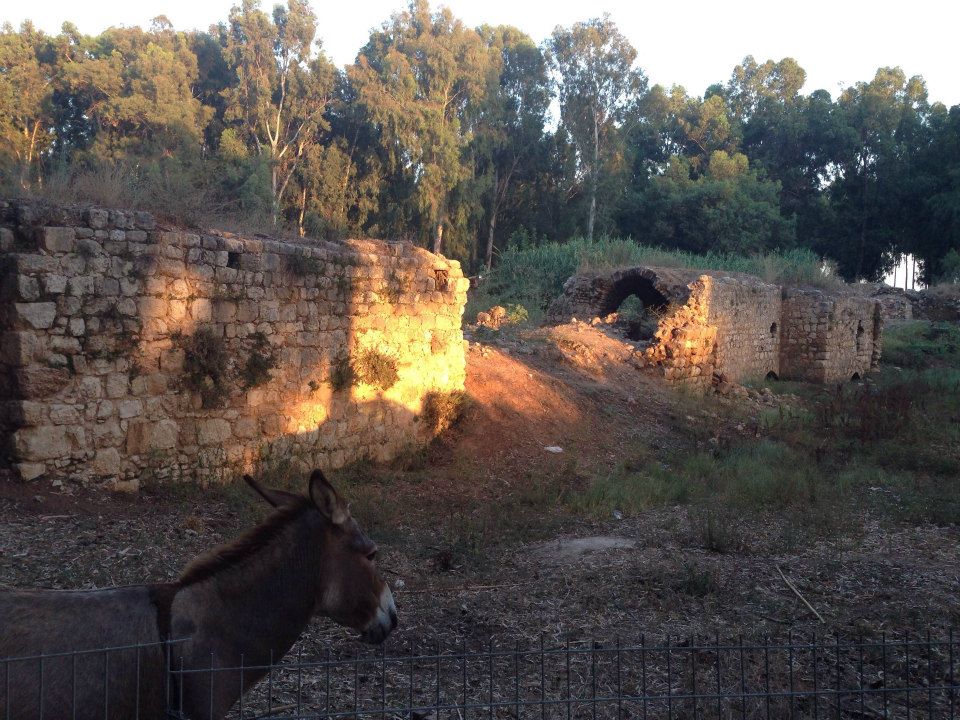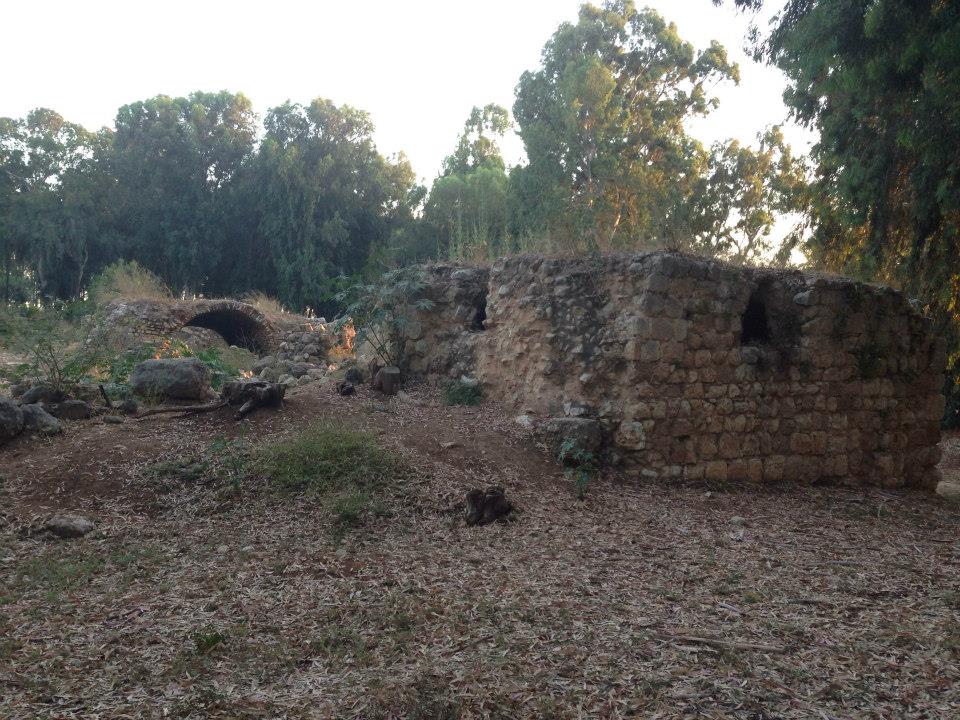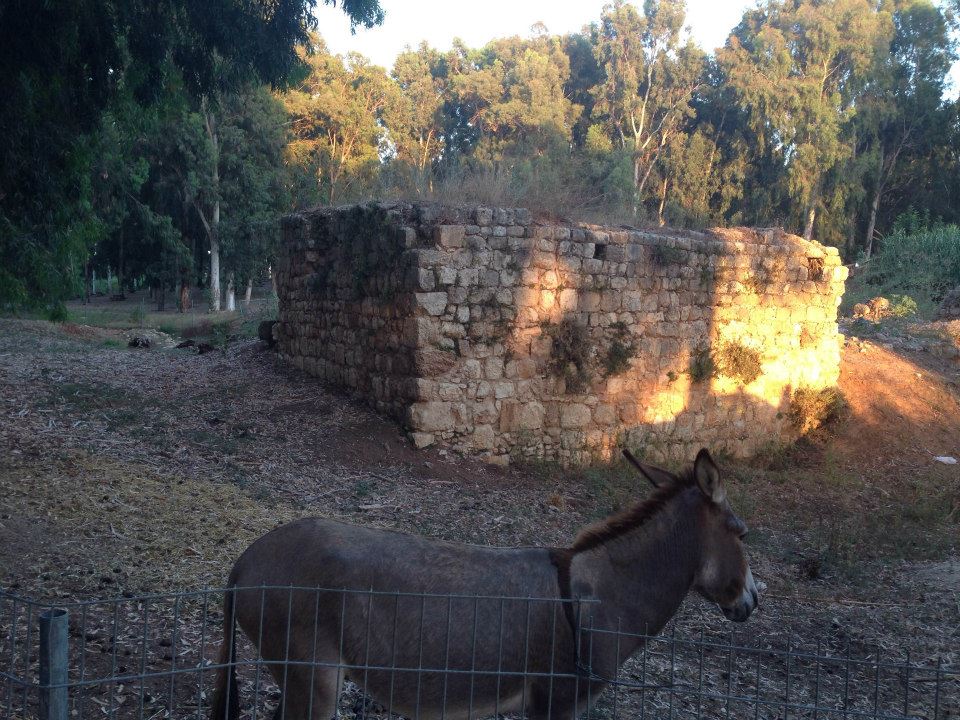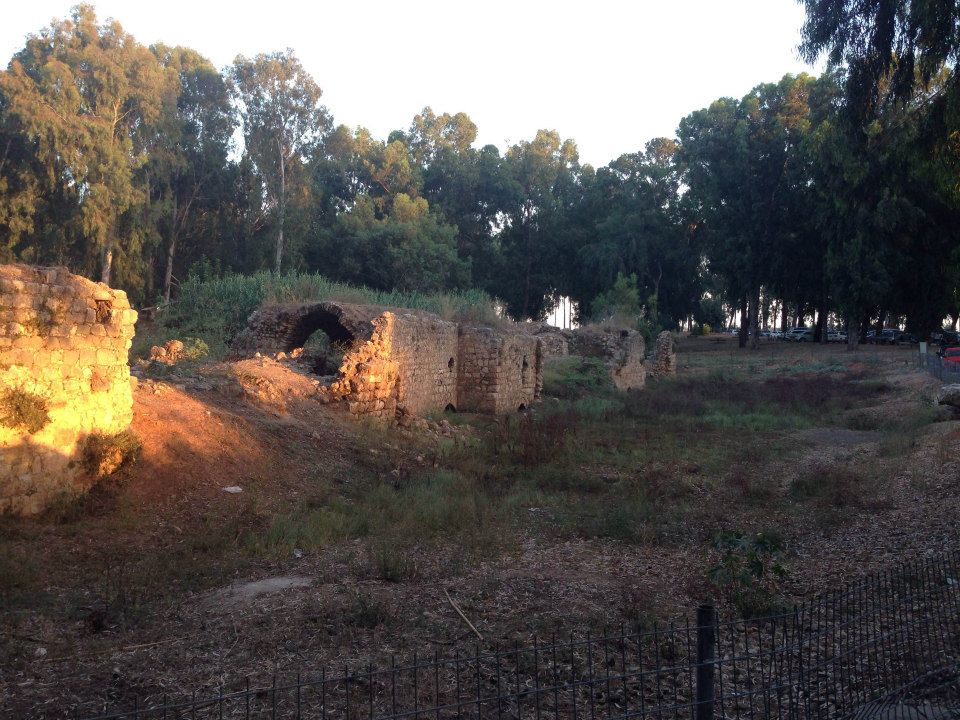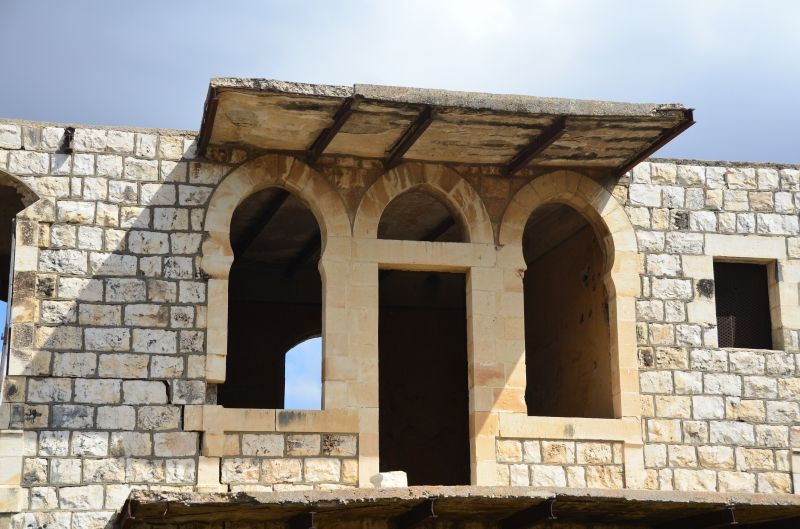Info
District: Jaffa
Population 1948: 200
Occupying unit: Irgun (Etzel) & Hagana units
Jewish settlements on village/town land before 1948: None
Jewish settlements on village/town land after 1948: None
Background:
The village was situtated on flat terrain in the central coastal plain area, on the southern bank of the al-'Awja River, 16.5 km northeast from Jaffa. It was linked by a short, secondary railway track to the railway line that ran betwwen Ra's al-'Ayn and the Jewish settlement of Petach Tiqwa.A number of secondary roads connected it to neighboring villages, such as Ra's al-'Ayn.
Israeli military intelligence reports stated that villagers left al-Mirr on 3 February 1948, out of “general fear”. Located northeast of Petach Tiqwa and in the midst of number of other Jewish settlements, the village was perceive as a likely target for attack early in the course of the war. Il late 1947 and early 1948, Arab villagers between Tal Aviv and Chadera were attacked by both the Haganah and Irgun Zwai Leumi (IZL). However, the New York Times quoted a British Army statement in mid-May that said that Jewish forces attacked al-Mirr at that time. The 13 May attack would have occured around the same time as a foray into the triangle area by two IZL columns.
There are no settlement on village lands. The settlement of Newe Yaraq, established in 1951, is about 2 km northeast of the village site, on land that belonged to the village of Jaljuliya (a Palestinian village that still exists).
All that remains of the village are a few large, deserted houses, surrounded by tall, thorny plants and some unused village wells and roads. One of the houses is a two-storey concrete structure with a flat roof and rectangular window and doors. Another house, also a two-storey, concrete building, is quite large and architecturally elaborate. Three round-arched doors define the front facade of the first floot, and the central door opens into a raised hallway that bisects the first storey and is surmounted, in the front, by a gable roof. The second storey, which is smaller thant the first and is set back, away from the front of the house, has a facade containing three arched windows. The roof over the second storey is decorated with a serrated cornice. A dilapidated, stone-lined well, also remains, its ladder still inside. Railroad tracks run through the site and a number of palm trees are scattered across it. The land around the site is planted by Israeli farmers with fruit orchards.


